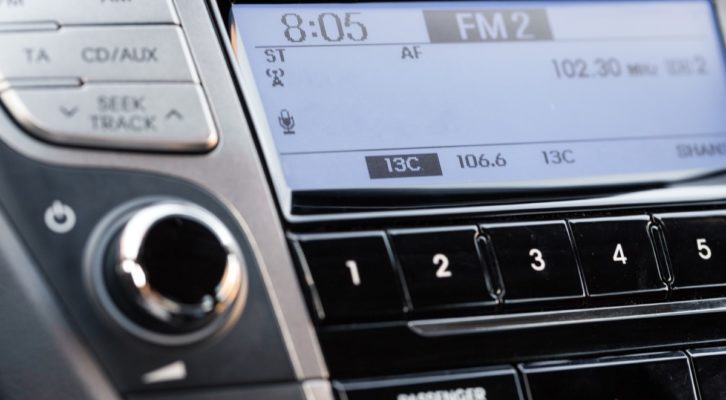Minnesota’s new hands-free cell phone law will take effect on August 1. The new law allows drivers over 18 to use their cell phones to make calls, text, listen to music or podcasts and get directions, but only by voice commands or single touch activation without holding the phone.
What is Allowed?
This new statute expressly allows a driver to use a cell phone to make calls, text, listen to music, podcasts, and receive directions, but only by voice commands or single touch activation without holding a cell phone. The statute applies when a motor vehicle is in motion or a part of traffic. A motor vehicle is not in motion or part of traffic if the vehicle is lawfully stopped, is in a location that is not designed or ordinarily used for vehicular travel, and is not obstructing traffic. While stopped at a stoplight, a vehicle is still considered to be part of traffic.
Specifically, the statute allows a driver to use a wireless communications device:
- solely in a voice-activated or hands-free mode to initiate or participate in a cell phone call or to initiate, compose, send, or listen to an electronic message;
- to view or operate a GPS or navigation system in a manner that does not require the driver to type while the vehicle is in motion, provided that a person does not hold the device with one or both hands; and
- to listen to audio-based content in a manner that does not require the driver to scroll or type while the vehicle is in motion, provided that the person does not hold the device with one or both hands.
Drivers are allowed to use their cell phone, even with their hands, to obtain emergency assistance, report a traffic accident, medical emergency, or serious traffic hazard, to prevent a crime about to be committed, or in the reasonable belief that a person’s life or safety is in immediate danger.
What is Not Allowed?
Drivers cannot punch in a telephone number, or use their hands to insert a destination in a navigation system. They can’t scroll through their phones. This statute does not allow accessing non-navigation video content, engaging in video calling, engaging in live-streaming, accessing gaming data, or reading electronic messages.
Smart watches are included in this statute and can’t be used in other than hands-free or one touch activation while the vehicle is in motion or a part of traffic.
Drivers should be aware that a cell phone does not show that a text message was sent by voice rather than by the driver touching the phone.
Penalties
The fine for the first violation of this new statute is $50 and $225 for a second violation.
What Should Employers Do?
Employers should develop a written policy which clearly informs employees what is and is not permitted in the use of mobile phones while driving. Employees should be told that they can use their cell phones only hands-free or activation by one touch. If the employer requires employees to use a cell phone in their vehicle, the employer should provide instructions to employees as to how they can make their phones compatible with the hands-free mode. Of course, if an employer provides a vehicle to an employee, the vehicle should allow for hands-free use of a cell phone. An employer policy can be more restrictive than the statute. It is far better to discipline an employee for violating a written policy than relying solely on the statute.
If an employee using a cell phone in violation of the statute is involved in an accident while working, liability could be increased if using a cell phone contributed to the accident. A plaintiff may argue that an employer’s failure to have a written cell phone policy should make the employer liable for the accident.
Information provided by Larkin Hoffman, believed to be accurate, it is general in nature and should not be construed as legal advice.















